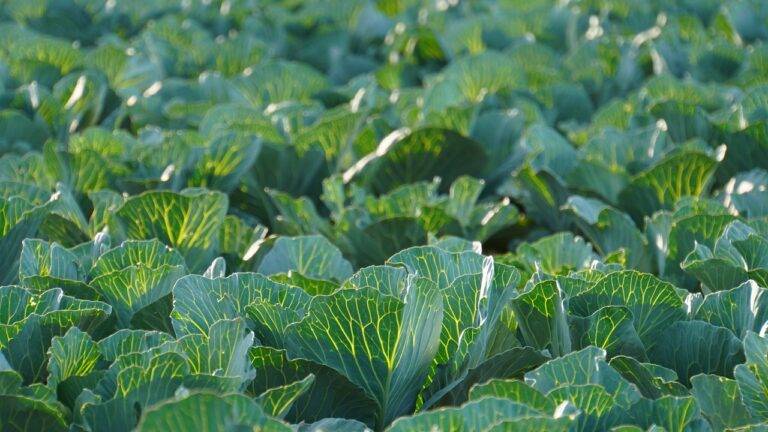The Future of Food Production: Vertical Farming and Hydroponics
Traditional agriculture faces numerous obstacles in today’s modern world. One major challenge is the increasing unpredictability of weather patterns, which directly impacts crop yields and quality. Farmers must constantly adapt to these changing conditions, making it difficult to plan and maximize their harvests effectively.
Additionally, the reliance on chemical pesticides and fertilizers in traditional agriculture has led to environmental degradation and soil depletion. The overuse of these substances not only harms the ecosystem but also contributes to the development of pesticide-resistant pests and weeds, further complicating the agricultural process. As a result, farmers are forced to invest more resources into combating these issues, leading to increased costs and potential long-term consequences for both the environment and human health.
Benefits of Vertical Farming
Vertical farming offers numerous advantages that make it a promising solution for the future of agriculture. By utilizing vertical space, this method allows for increased crop yield in a smaller footprint compared to traditional farming techniques. This efficient use of space means that vertical farms can be established in urban areas, bringing fresh produce closer to the consumer and reducing the need for long-distance transportation.
Moreover, vertical farming provides greater control over environmental factors such as temperature, humidity, and lighting. This control minimizes the reliance on pesticides and herbicides, making vertical farming a more sustainable and eco-friendly alternative to conventional agriculture. Additionally, the ability to grow crops year-round in a controlled indoor environment can help address issues related to food security and fluctuations in climate conditions.
What are some challenges in traditional agriculture?
Some challenges in traditional agriculture include limited availability of arable land, reliance on weather conditions, pest and disease control, and water scarcity.
What are the benefits of vertical farming?
Some benefits of vertical farming include increased crop yield in a smaller space, reduced water usage, year-round production, protection from pests and diseases, and the ability to grow crops in urban areas closer to consumers.
How does vertical farming help in addressing food security issues?
Vertical farming helps in addressing food security issues by ensuring a more reliable and consistent food supply, regardless of external factors like weather conditions. It also allows for the production of fresh and nutritious food in urban areas, reducing the need for long-distance transportation of food.
Is vertical farming sustainable?
Yes, vertical farming is considered to be a more sustainable form of agriculture compared to traditional methods. It uses less water, reduces the need for pesticides, and can be implemented in urban areas, reducing the carbon footprint associated with transporting food long distances.





